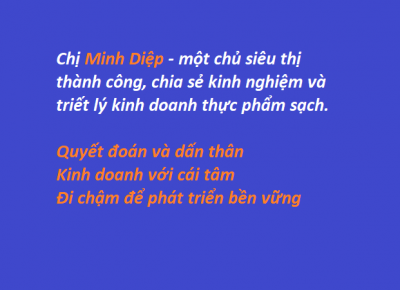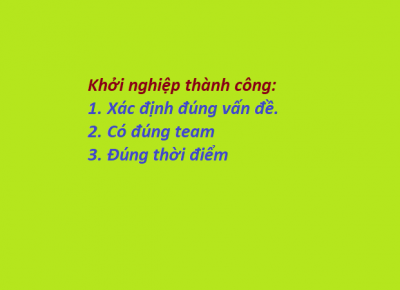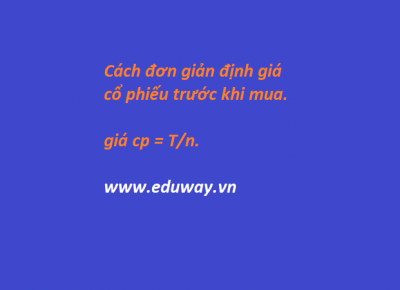Approach to deep reading
It is a recurring complaint among faculty that students do not complete their assigned readings or that they read them superficially.
Despite the importance of academic reading skills for university success, we seldom teach them, as we generally presuppose that students already acquired these skills either as part of their secondary education or elsewhere in college. The reality is that most university students, particularly first-year students, lack academic reading skills and adopt a surface approach to reading.
Surface reading
Surface reading is the tacit acceptance of information contained in the text, which leads to superficial retention of materials for examinations and does not promote understanding or long-term retention of knowledge and information.
Deep reading
A deep approach to reading is an approach where the reader uses higher-order cognitive skills such as the ability to analyse, synthesize, solve problems, and thinks meta-cognitively in order to negotiate meanings with the author and to construct new meaning from the text. The deep reader focuses on the author's message, on the ideas she is trying to convey, the line of argument, and the structure of the argument. The reader makes connections to already known concepts and principles and uses this understanding for problem solving in new contexts.
The need for constructive alignment
An aligned course is a course where there is maximum consistency among the objectives, the teaching and learning activities (TLAs), and the assessment. Research shows that placing academic reading at the forefront of the curriculum in aligned courses encourages students to take a deep approach to reading.
The following strategies aim at promoting deep reading.
* Course objectives. - Design a course whose main objective is to encourage students to take a deep approach to reading and to use higher order cognitive and metacognitive skills to understand and process academic texts, and to negotiate meanings with the author of academic texts. Make these objectives explicit to students, as most students tend to see only facts and principles as the sole content of courses.
* Assessment - Assessment is the component of the teaching system that plays the most influential role in the decision on whether to take a deep or surface approach to reading and learning Design the course assessment in order to measure whether students: (i) use higher-order cognitive skills to read assigned materials, (ii) can effectively negotiate meanings with the author, (iii) can evaluate the strength of the author's arguments, (iv) deconstruct hidden assumptions in the texts, and (v) see the non immediate implications and applications of the author's arguments.
* TLAs - Design TLAs to promote a deep approach to reading and learning in consonance with the proposed objectives and learning outcomes. If, for example, you lecture the textbook, students will probably not read the text as they will rely solely on your oral explanations and the notes they take from these lectures.
Examples of creative TLAs that foster a deep approach to reading
*The Apprentice. Assign each group a journal article. Give teams reading guides to encourage them to evaluate, judge, compare, and synthesise information from these texts. Ask each team to make a presentation to the rest of the class on some aspect of the text. The worst teams are fired and the best one is hired.
* Facebook or MySpace profile. Give students an article and ask them to create a MySpace type of profile about the topic of the article. For example, if they read about Lucrecia Martel's films, ask them to choose a character and to imagine that character's favourite songs, films, books, and friends not mentioned in the article or film. Or if they read about theoretical models of criminal justice, ask students to imagine a criminal justice agent that is enrolled in one of the theoretical models such as Due Process or Crime Control and ask them to build her Facebook profile.
* The movie studio. Students need to read an article on a topic discussed in class. Then, they need to write a treatment (script outline) for a documentary about the content of the article and pitch the idea for funding to executives from a film company.
* The Amazing Race: students in teams have to run from the classroom to the library, then to the teacher's office, then to the computer lab, and then back to the classroom. In each of these stops, they have to analyze academic texts and answer some questions about the texts aimed at helping them engage in deep reading. Examples of questions include: explain a quote from the text, give an example not mentioned in the book, identify the author's thesis, evaluate the author's argument, and compare the author's argument to another article read in class.
All these activities have in common the fact that they encourage students to read for a purpose, which they find motivating. Also, in order to achieve the activity goals, students need to use higher-order cognitive skills to process academic texts.
When part of an aligned course that places academic reading at the forefront of the course, students are more likely to take a deep approach to reading.
References:
Bain, K. (2004). What the Best College Teachers Do. Cambridge, MA: Harvard University Press.
Biggs, John (1999). What the Student Does: teaching for enhanced learning. Higher Education Research & Development. Vol. 18. No. 1.
Marton, F. & Saljo, R. (1976). On Qualitative Differences in Learning I and II -Outcome and Process. British Journal of Educational Psychology 46.
Wendling, B. (2008). Why is there Always Time for Their Facebook but not my Textbook? Oklahoma Higher Education Teaching and Learning Conference, April 9-11.
Dr. Julian Hermida is Assistant Professor and member of the Senate Teaching and Learning Committee at Algoma University, Sault Ste. Marie, Canada.
Original post on tomprof.standford.edu









